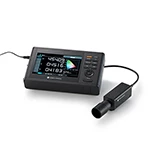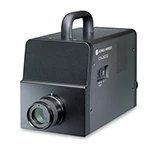Smartphone Display Performance Testing and Inspecting Solutions
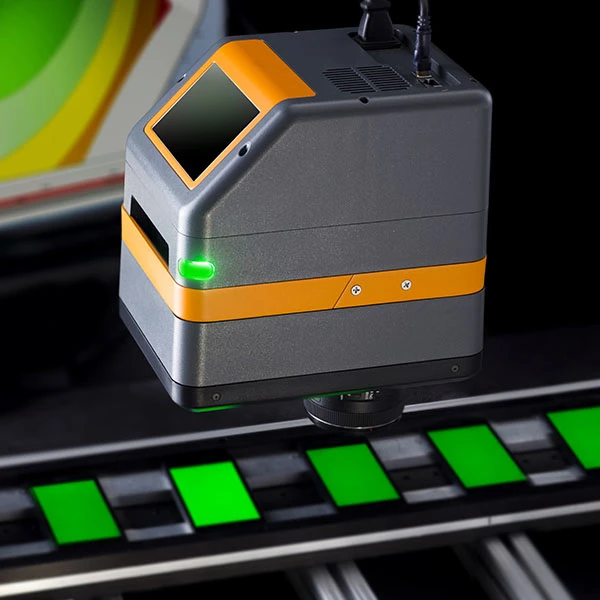
Display is one of the key components of a smartphone. The display performance determines how the contents look on the smartphone and must undergo rigorous testing and inspection to meet the required standards. The performance of displays can be measured in terms of chromaticity (color), luminance (brightness), color gamut area, contrast, gamma, and uniformity.
Chromaticity and Luminance
Chromaticity and luminance are the two most basic parameters of display measurement. The parameters can be calculated from the XYZ tristimulus values deriving from the integration of spectral power distribution (SPD) and CIE color matching functions (CMF).
Color Gamut Area
Color gamut describes the color range that a display can reproduce. The CIE 1931 Yxy and CIE 1976 Yu’v’ are two common color spaces used to evaluate the color gamut.
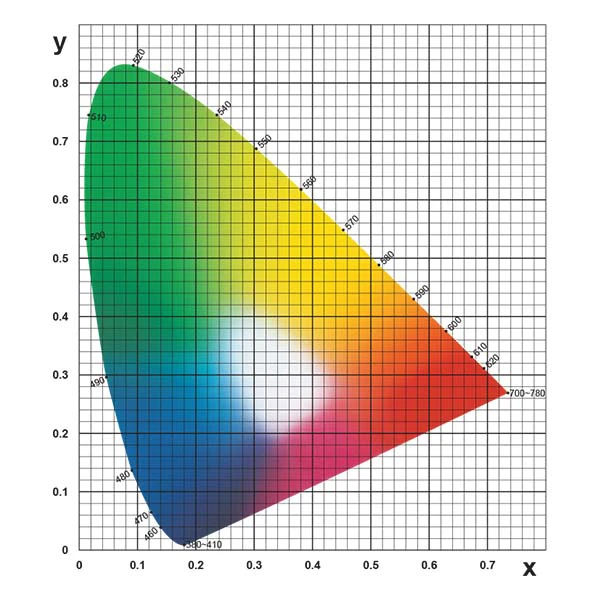
CIE 1931 Yxy Chromaticity Diagram
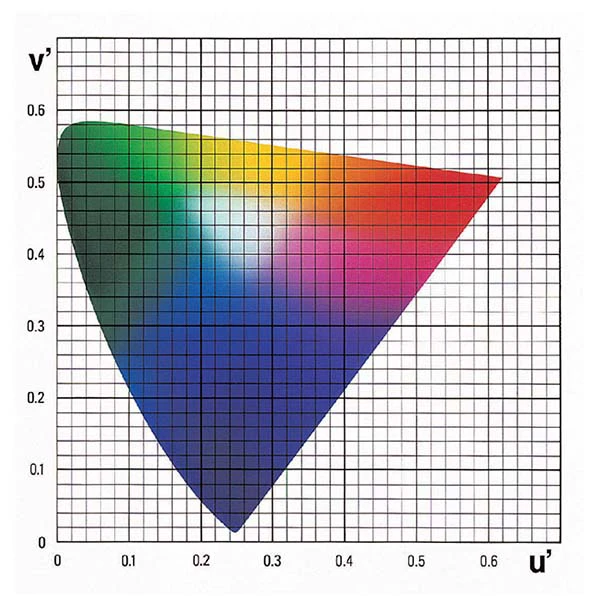
CIE 1976 Yu’v’ Chromaticity Diagram
Both chromaticity, the CIE 1931 xy and CIE 1976 u’v’, can be calculated from the XYZ tristimulus values.
xy formula:

u’v’ formula:

Contrast
Display contrast, expressed in a ratio, is calculated using the luminance of the brightest white screen and the darkest black screen.
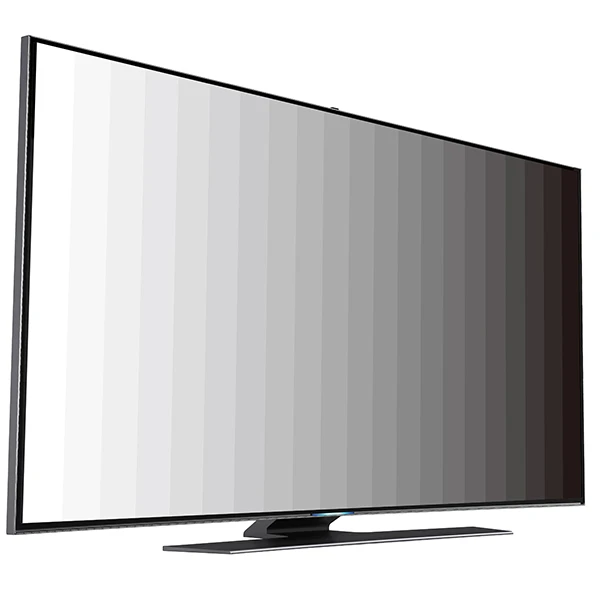 Gamma
Gamma
Gamma is the response between the input video signal and the output luminance. This response is not linear, whereby an 80% input doesn’t produce an 80% output. Gamma correction is needed to achieve the desired luminance and color. It involves tuning the luminance or XYZ tristimulus values of the display. The display should exhibit smooth gradients from black to white with no color banding on a grayscale test image with the correct gamma correction.
Uniformity
Uniformity involves measuring the luminance and chromaticity of the whole display to ensure the output is uniform. Uniformity evaluation is especially important for OLED displays. Since OLED uses self-illuminating pixels that are based on their RGB sub-pixels outputs, variations in luminance and chromaticity between the pixels are likely to occur.
Aside from the above, other commonly measured display parameters include flicker, viewing angle, mura, defects like dead pixels, etc. When it comes to measuring all these display parameters, a variety of instruments are usually required. Konica Minolta, and Radiant Vision Systems, offer a broad selection of testing and inspection instruments that can help users measure all the display parameters with ease.
| Instruments | Typical display parameters that can be measured |
| Luminance, chromaticity, contrast, color gamut, gamma, flicker, etc. | |
|
Spectroradiometer CS-2000/CS-2000A
|
Luminance, chromaticity, contrast, color gamut, gamma, spectral power distribution (SPD), multi-spot luminance and chromaticity uniformity, viewing angle, current-voltage-brightness (I-V-L) characterization, etc. |
ProMetric® Y-Series Imaging Photometers/I-Series Imaging Colorimeters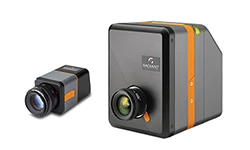 |
Luminance, chromaticity, contrast, uniformity, mura, defects, pixel-level analysis, viewing angle (with FPD Conoscope Lens), image distortion, image sticking, etc. |
Konica Minolta and Radiant Vision Systems instruments and solutions are widely used in the display industry. Check out how DXOMARK, an international leader in the quality assessment of smartphones, incorporated instruments from Konica Minolta and Radiant Vision Systems into their Display Bench to test and inspect displays.
Need help testing and inspecting your smartphone display? Contact us for a free consultation with our specialists now.

